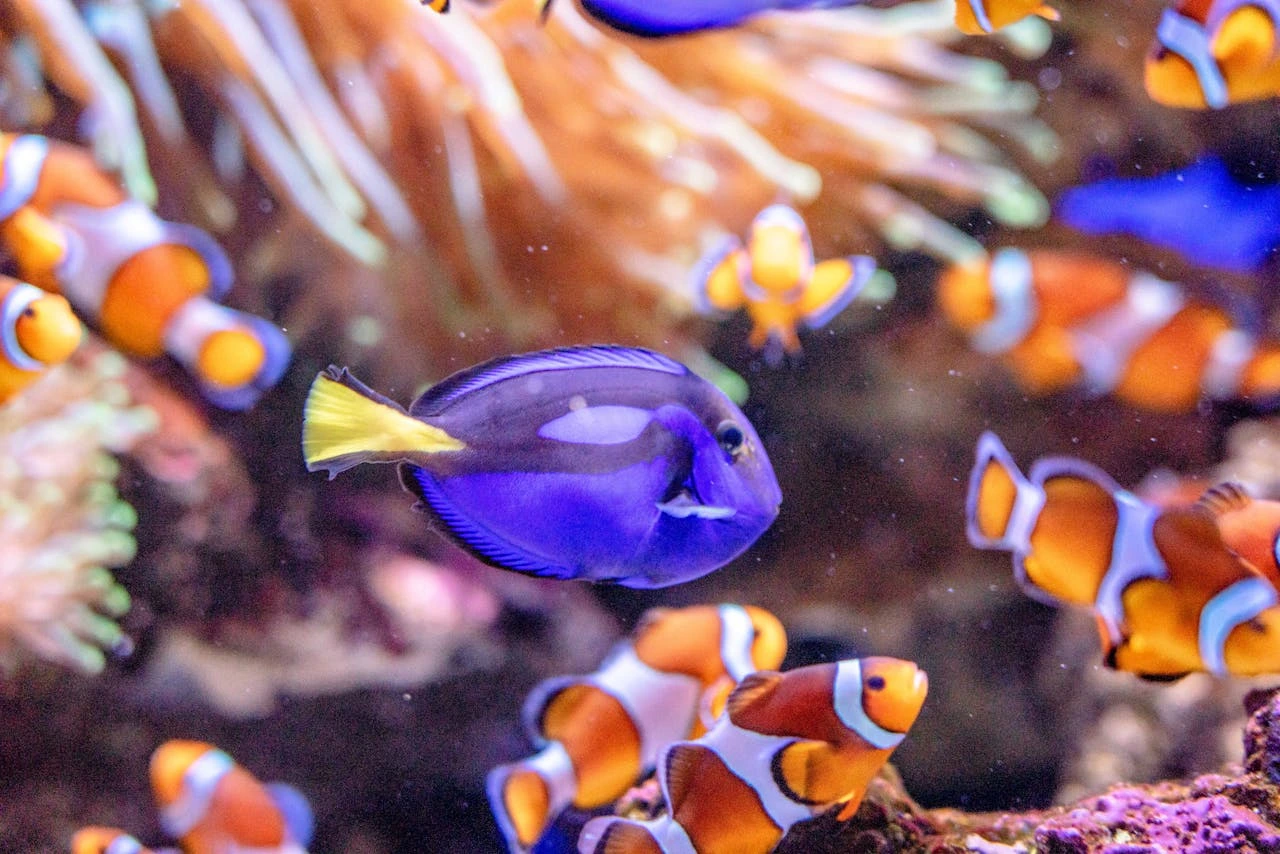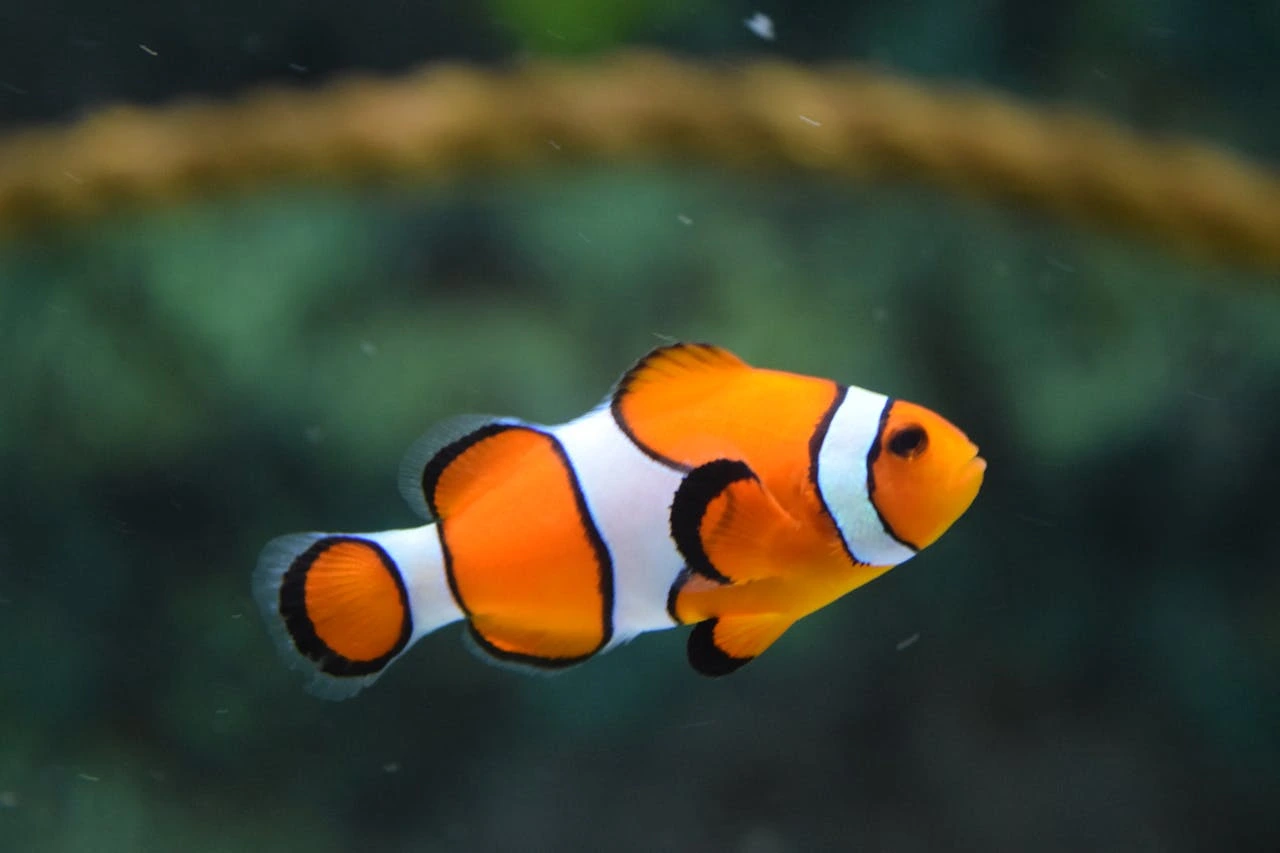Knowing how to transport fish over long distances requires careful planning, proper equipment, and deep knowledge of aquatic animal care. Whether you are relocating, selling fish commercially, or shipping ornamental or edible species, ensuring the health and safety of fish during transit is crucial.
In this post, we will cover everything needed to successfully transport fish over long distances.
How to Transport Fish Over Long Distances?
Long-distance fish moving differs significantly from short trips. Fish are sensitive to temperature fluctuations, water quality deterioration, and oxygen depletion, all of which can pose serious threats during prolonged travel.
Key aspects to monitor include:
- Oxygen levels
- Temperature stability
- pH balance and ammonia levels
- Stress reduction
- Secure packaging
From tank to destination, JCS Livestock handles fish transport and pet transport with precision and care.
Choosing the Right Containers for Fish Transport
Sturdy, leak-proof, and oxygen-friendly containers are essential. There are two main types used in long-distance fish travel:
1. Fish Transport Bags with Oxygen
Fish are commonly placed in heavy-duty plastic bags, filled one-third with water and two-thirds with pure oxygen. Bags should be:
- Double or triple-layered for strength
- Sealed securely with rubber bands
- Placed inside insulated polystyrene foam boxes
2. Rigid Plastic or Acrylic Containers
For larger fish or more extended travel, hard-sided containers with tight-fitting lids are preferable. These should have:
- Aeration systems or oxygen tablets
- Battery-powered air pumps
- Temperature control measures
Preparing the Fish Before Transport
Pre-transport preparation plays a critical role for fish health.
1. Fasting Before the Trip
Feed the fish 24–48 hours prior to travel. This minimises waste production and helps keep the water cleaner during transport.
2. Water Quality Checks
Use water from the original tank to minimise shock. Test and adjust:
- Ammonia levels: Should be 0 ppm
- pH levels: Consistent with their regular habitat
- Temperature: Match the species’ tolerance
3. Adding Stress Reducers
Add commercial water conditioners and anti-stress agents to reduce cortisol levels and protect slime coats.
Maintaining Oxygen and Aeration for Moving Fish
Proper oxygenation is essential for fish survival over long journeys.
1. Oxygen Tanks
For professional or large shipments, use compressed oxygen to fill transport bags or containers.
2. Air Pumps
Battery-operated air pumps are vital backups, especially for extended travel or during delays.
3. Oxygen Tablets
These can supplement aeration for small-scale or short-term trips but are not recommended for long-haul or dense stocking.
Regulating Temperature During Transit
Fish are ectothermic, so even slight changes in temperature can cause severe stress or mortality.
1. Use Insulated Shipping Boxes
Styrofoam boxes or insulated coolers help retain heat or cold, keeping water temperature stable.
2. Heat Packs or Cold Packs
Depending on the species:
- Tropical fish: Use heat packs wrapped to prevent direct contact.
- Coldwater fish: Use ice gel packs in a sealed section of the box.
3. Monitor with Thermometers
Place an adhesive temperature strip inside the container to check for fluctuations during inspection stops.
Trust James Cargo Services to move your animals with care—no matter the species, size, or distance. With over 20 years of expertise in animal transport, we ensure safe and reliable journeys every time. Get in touch today!
Reducing Stress During the Transport
Stress significantly weakens immune responses and can kill fish even if other conditions seem favorable.
1. Dim the Lighting
Keep the transport box in darkness to calm the fish and reduce movement.
2. Minimise Movement and Vibration
Cushion containers to avoid sudden jolts, especially when transporting by car, truck, or air freight.
3. Avoid Overcrowding
Follow stocking density guidelines:
- Small fish: No more than 10–12 per gallon
- Large fish: At least one fish per gallon or more space depending on species

Legal and Regulatory Considerations
Always check for permits, documentation, and transportation laws, especially when shipping across:
- State lines
- International borders
- Commercial carriers (airlines, freight)
Failing to comply with wildlife and biosecurity regulations may result in confiscation or fines.
Read UK Gov guide on: Exporting or Moving Fish from the UK
Post-Transport Acclimatisation Process
Once the fish arrive, it’s not over. Acclimatisation is critical to prevent delayed mortality.
1. Float the Bag
Float sealed bags in the destination tank for 15–30 minutes to equalise temperature.
2. Gradual Water Mixing
Open the bag and slowly mix tank water over 30–60 minutes. Never dump all fish and water directly into the tank.
3. Monitor for 24–48 Hours
Observe closely for signs of:
- Gasping
- Erratic swimming
- Color fading
- Infections or fungus
Best Practices for Commercial Fish Shipping
For aquarium stores, fish farms, or wholesalers, maintaining consistency is key. Always:
- Use dedicated shipping tanks
- Work with specialised fish transport companies
- Insure valuable or exotic fish
- Schedule overnight or express delivery
- Label boxes as "Live Fish – Handle With Care"
Essential Equipment Checklist
- Heavy-duty plastic bags
- Oxygen tank or tablets
- Insulated transport box
- Rubber bands and heat/cold packs
- Battery-operated air pump
- Water conditioner and stress reliever
- Portable test kits for pH, ammonia, nitrites
- Shipping labels and documents
Common Mistakes to Avoid
- Overfeeding before transport
- Using tap water without dechlorination
- Not checking temperature en route
- Mixing incompatible species in one bag
- Ignoring legal guidelines for transport
Additional Tips for Specialised Fish Moving
Here are some of the additional tips for moving fish safely.
How to Transport a Fish Tank?
To move a fish tank, empty the tank completely, removing fish, decorations, and water. Pack the tank securely using bubble wrap and place it in a padded box to avoid cracks. Always transport the tank upright to prevent pressure on the glass. Wrap all accessories separately and label them clearly.
How to Transport Fish in a Car Long Distance?
To transport fish long distance in a car, place them in sealed plastic bags filled with oxygen or aerated containers. Use an insulated cooler box to maintain temperature. Minimise light and movement, and avoid loud music or sharp turns. Ensure the water stays at a stable temperature and stop periodically to check on the fish’s condition.
How to Transport Tropical Fish?
Tropical fish need a warm and stable environment, so use heat packs wrapped in paper to prevent direct contact. Place the fish in oxygen-filled bags inside insulated boxes. Avoid temperature fluctuations by limiting exposure to outside air and transporting them quickly and efficiently.
How to Move Aquarium Fish?
For aquarium fish transport, use their original tank water in the transport bags to reduce stress. Seal the bags with oxygen and place them in a dark, insulated container. Label the container as “Live Fish,” and acclimate them slowly upon arrival to avoid shock from changes in water chemistry.
Final Thoughts
Transporting fish long distance is a delicate process requiring preparation, precision, and care. By following proven methods and best practices, from container choice to acclimatisation, you can ensure the safe arrival of your aquatic cargo. Whether you’re a hobbyist or a commercial shipper, these techniques safeguard fish health and improve survival rates.
How JCS Livestock Can Help with Fish Transport
At JCS Livestock, we understand that aquatic species require precision, care, and full regulatory compliance. For tropical fish wholesalers and aquarium suppliers, we offer tailored fish moving solutions. Our vehicles and handling procedures are adapted to maintain temperature control, secure containment, and stress reduction, which are critical for fish health.
With expertise in commercial animal transport, we manage all required documentation and regulations, allowing your fish shipments to move seamlessly across regions. Whether you need to move ornamental fish or stock for aquaculture, JCS Livestock delivers a professional and reliable service you can count on.
Recommended topics for you:
